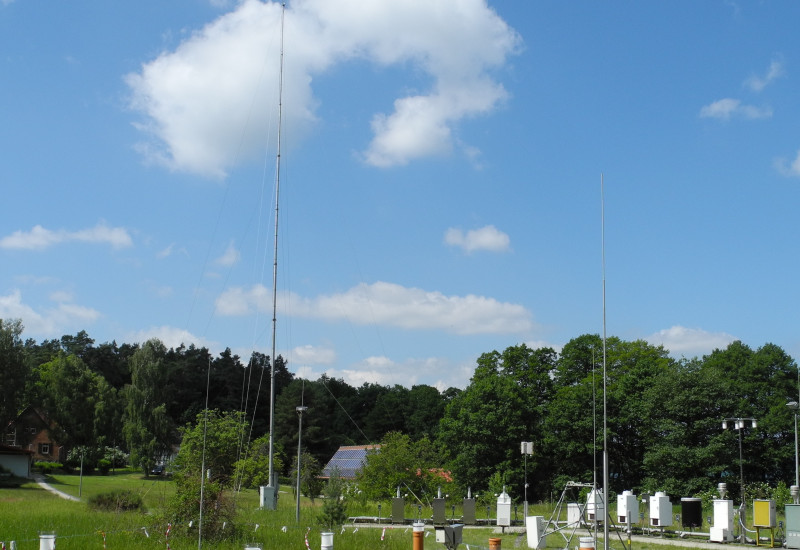The CCE collaborates with National Focal Centres (NFCs) to support effect-based, integrated assessment of European air pollution abatement policy alternatives. NFCs are institutes that are responsible for producing the national data on critical loads/levels and maps for inclusion in the European maps in accordance with the Mapping Manual guidelines.
National collaboration
The CCE collaborates with National Focal Centres (NFCs) to support effect-based, integrated assessment of European air pollution abatement policy alternatives. NFCs are institutes that are responsible for producing the national data on critical loads/levels and maps for inclusion in the European maps in accordance with the Mapping Manual guidelines. The particular responsibilities of the... read more





